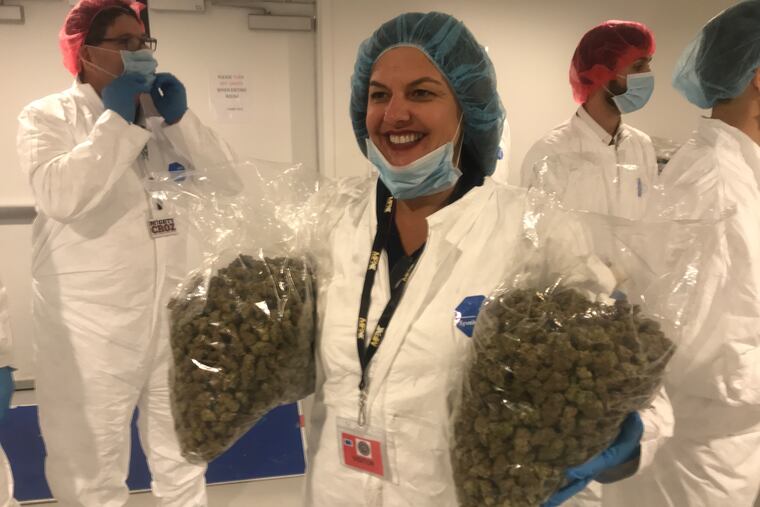Pennsylvania’s approach to alcohol vs. marijuana makes no sense
Alcohol is by almost every measure more harmful for adults than cannabis. And yet it's recreational cannabis that remains illegal in Pennsylvania.

Alcohol is by almost every measure more harmful for adults than cannabis. And yet it's recreational cannabis that remains illegal in Pennsylvania.
